
Carbon fiber is a high-performance structural material. In practical application, carbon fiber is usually combined with some matrix resins to form carbon fiber composite materials. Carbon fiber products have been used in medical equipment, rail transit, automobile industry and other fields.
Carbon fiber used in the form of a composite material. Various molding methods (processing methods) are used depending on the form and characteristics of the final product. In addition, molding methods are becoming more and more perfect with the goals of improving physical properties and appearance, shortening molding time, etc. The following introduces representative carbon fiber molding methods.
Hand Lay-up Molding
Apply release agent and gel coat on the working surface of the mold, lay the cut carbon fiber prepreg cloth on the working surface of the mold making, brush or spray the resin system glue, and after reaching the required thickness, form, solidify, and demould. Today, when preparation technology is highly developed, the hand lay-up process is still widely used in many fields such as petrochemical containers, storage tanks, and automobile casings due to its advantages of simple process, low investment, and wide application range. Its disadvantages are loose texture, low density, low product strength, and mainly relying on labor, unstable quality, and low production efficiency. The editor thinks that this traditional craft that looks like a barbecue is quite suitable for DIY.
Injection Molding
It belongs to a type of low-pressure molding in the hand lay-up process. After mixing chopped fibers and resin with a spray gun, compressed air is sprayed on the mold. After reaching the predetermined thickness, it is manually pressed with a rubber roller, and then solidified and formed. A semi-mechanized molding process created to improve hand lay-up molding. It has improved work efficiency to a certain extent, but it still cannot meet the needs of mass production. It is used to manufacture transition layers of automotive parts and bodies, boat hulls, bathtubs, and storage tanks.
Laminated Molding
Layer-by-layer prepreg is placed between the upper and lower flat molds and cured under pressure and temperature. This process can directly inherit the production methods and equipment of wood plywood, and be improved and perfected based on the rheological properties of the resin. The lamination molding process is mainly used to produce composite panels of various specifications and uses. It has the characteristics of high degree of mechanization and automation, and stable product quality, but the one-time investment in equipment is large.
Pultrusion
Continuous carbon fiber tows, tapes or cloths impregnated with resin glue are formed and solidified through an extrusion die under the action of traction, thereby continuously producing profiles of unlimited length. Pultrusion is a special process in composite material molding process. Its advantage is that the production process can be fully automated and controlled, and the production efficiency is high. The fiber mass fraction in pultruded products can be as high as 80%. The dipping is carried out under tension, which can give full play to the role of reinforcing materials. The product has high strength. The longitudinal and transverse strength of the surface treatment product can be adjusted arbitrarily to meet the different mechanics of the product. Performance requirements. This process is suitable for producing profiles of various cross-sectional shapes, such as I-shaped, angular, grooved, special-shaped cross-section pipes and combined cross-section profiles composed of the above cross-sections. Carbon fiber composite core conductors mainly use this forming process.
Vacuum Introduction
VIP, for short, lays “dry” carbon fiber composite material on the mold, then lays a vacuum bag, and extracts the vacuum in the system to form a negative pressure in the mold cavity. The pressure generated by the vacuum is used to push the unsaturated resin through the pre-laid pipelines. Press into the fiber layer, let the resin infiltrate the reinforcement material, and finally fill the entire mold. After the product is cured, remove the vacuum bag material and get the desired product from the mold. The process has patent records dating back to 1950, but has only been developed in recent years.
When resin infiltrates carbon fiber in a vacuum environment, very few bubbles are generated in the product. The product is stronger and lighter, the product quality is relatively stable, and the loss of resin is reduced. Only one side of the mold can be used to obtain a smooth and flat product on both sides. , can better control the product thickness. It is generally used in rudders and radar shields in the shipbuilding industry, blades and cabin covers in wind power energy, and various roofs, windshields, compartments, etc. in the automobile parts industry.
liquid Molding
The process of synthesizing liquid monomers into high molecular polymers, and then changing the polymer curing reaction into composite materials is completed directly in the mold at the same time, which not only reduces the energy consumption in the process, but also shortens the molding cycle (only It takes about 2 minutes to complete one product). However, the application of this process must be based on precise pipeline transportation and metering as well as automatic temperature and pressure control. It belongs to the intersection of polymer materials and modern high-tech science and technology, and its current application is not very wide. Liquid molding mainly includes: RTM molding process, RFI molding, VARI molding, among which the RTM molding editor will specifically mention it below.
The schematic diagram of the resin film infiltration (RFI) molding process is as follows. The main advantage is that the mold is simpler than the RTM process mold. The resin flows along the thickness direction and is easier to infiltrate the fiber. There is no prepreg and the cost is lower. However, the dimensional accuracy and surface quality of the resulting products are not as good as the RTM process, the void content is higher, and the efficiency is slightly lower. It is suitable for the production of large flat or simple curved surface parts.
The schematic diagram of the vacuum-assisted molding process (VARI) is as follows. The advantages of this method are high raw material utilization, less part trimming and processing, no need for prepregs, low cost, and suitable for large wall panels at normal temperature or low temperature. Production of structural parts. But the disadvantages are similar to the RFI molding process.
Compression Molding
First, place the carbon fiber prepreg between the upper and lower molds, and place the mold on the hydroforming table after mold closing. After a certain period of high temperature and high pressure to cure the resin, carbon fiber products can be obtained.
In the production process, attention should be paid to the control of pressure and temperature. The temperature determines the heat transfer of the mold to the material, and has a great influence on the melting, flow and solidification process of the material.
The pressure can close the mold tightly and densify the material, which ensures the flow of the melt and the pressure generated by the volatilization of the material in the balance cavity. The surface of the product obtained by this process is smooth and flat, and the strength retention rate is high.
Autoclave Forming
This process requires the help of certain auxiliary materials. First, the carbon fiber prepreg is attached to the surface of the mold, and the whole is put into a vacuum bag, evacuated to a vacuum state, and then placed in an autoclave, and vacuumed by a vacuum pump. , after a period of vacuum heating to solidify the resin to obtain a carbon fiber product blank.
The composite material blank made of single-layer prepregs laid out in a predetermined direction is placed in an autoclave, and the curing process is completed under a certain temperature and pressure. An autoclave is a special pressure vessel that can withstand and regulate a certain temperature and pressure range. The blank is laid on the surface of the mold with release agent, then covered with porous anti-adhesive cloth (film), adhesive felt, and breathable felt in sequence, sealed in a vacuum bag, and then placed in a hot-pressed tank. Before heating and curing, the bag is first evacuated to remove air and volatile matter, and then the temperature, pressure, and curing are increased according to the curing system of different resins. The formulation and implementation of the curing system is the key to ensuring the quality of autoclave molded parts. This molding process is suitable for manufacturing aircraft doors, fairings, airborne radomes, brackets, wings, tails and other products.
This method is commonly used and its main advantages are:
- The product size is stable and repeatable;
- High fiber volume content (60%-65%);
- Reliable mechanical properties;
- Almost all materials can be formed;
- Laminated plates of different thicknesses can be cured;
- Parts with complex curved surfaces can be manufactured.
But there are also the following shortcomings:
- The size of the parts is limited by the size of the autoclave;
- Long cycle and low production efficiency;
- High energy consumption and high operating costs.
China Be-cu Prototype Material Technology Co., Ltd. masters advanced and efficient composite molding, bag pressing, inflation, winding and other molding processes, and provides complete facilities for high-performance carbon fiber composite products. The products produced by our company are popular in China. , and related carbon fiber products have been exported to Europe and the United States for a long time.
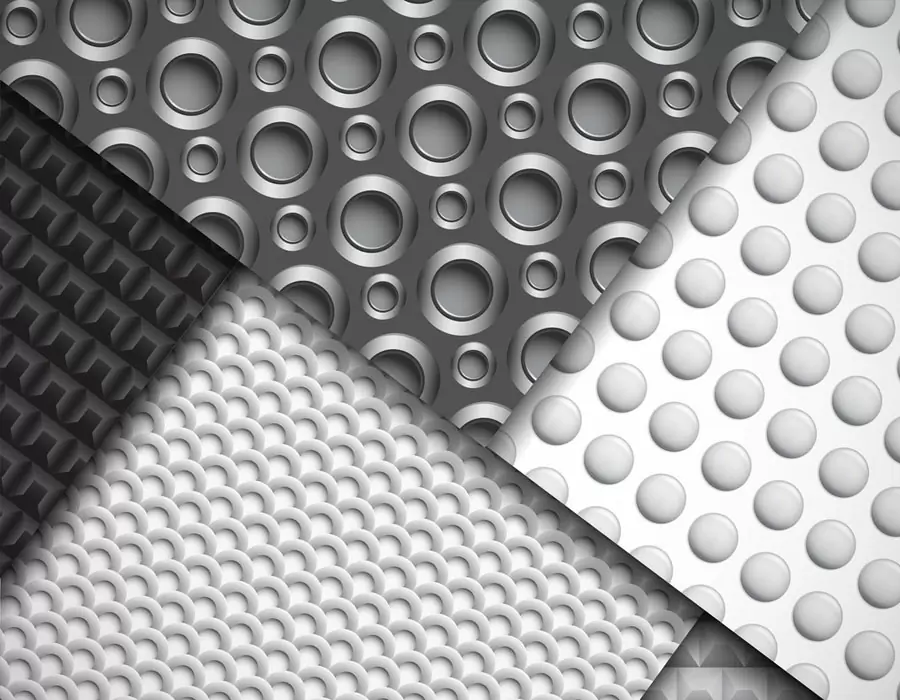
ISO 9001 certified. BE-CU Prototype Offering CNC machining carbon fiber and other manufacturing services for carbon fiber marterial. Various capabilities include notching, labeling, drilling carbon fiber, grinding, laser cutting carbon fiber, finishing, plating, marking, CNC milling carbon fiber and turning carbon fiber.We stock high quality 3k carbon fiber sheet in a variety of thickness, types and finish. Its a great material used in applications where light weight and strength are needed such as drones. Unlike other workshops, we have no min order and are often filling orders with a single part. We also don’t make you pay for the full sheet and you only get charged for what is used. With a large selection of material, you should find everything you need to make your project come to life. We are also able to handle larger production runs and provide a competitive pricing. If we don’t have the material or finish you require, we are more the willing to look at bringing it in for you.
What Is Carbon Fiber?Carbon fiber is made of polyacrylonitrile (PAN) (or pitch, viscose) and other organic fibers by carbonization (removal of most elements except carbon) by pyrolysis method under inert gas at high temperature above 1,000 °C. Inorganic polymer fibers with a carbon content of more than 90%.
-

3D Printing Continuous Fibres
-

3D Printing Short Fibre Filled Wires
-
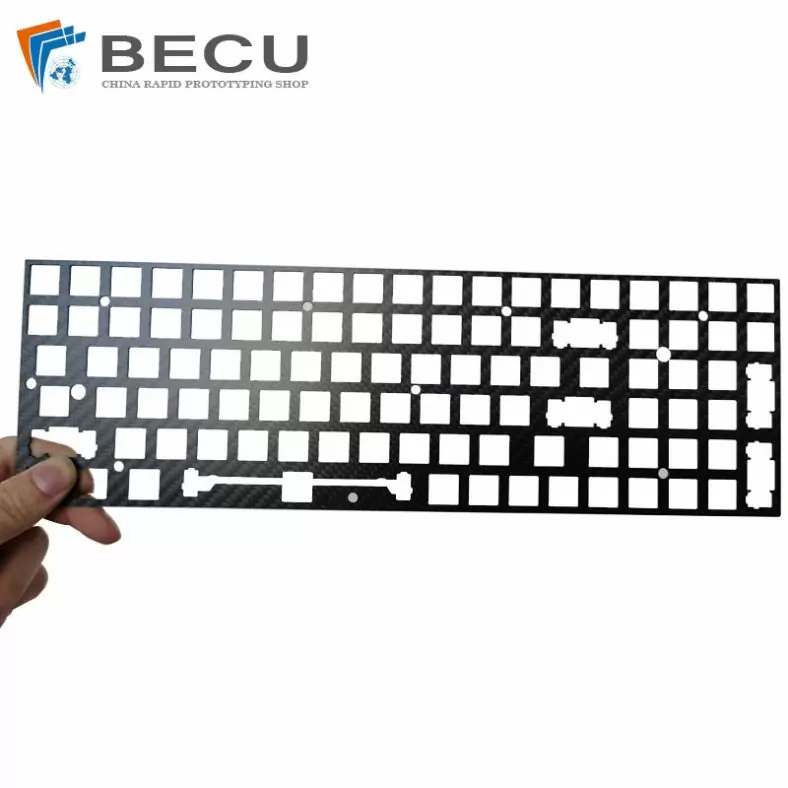
Laser Cutting Carbon Fiber Positioning Keyboard
-

Cnc Turning Industrial Copper-Aluminum Clad Carbon Fiber Machinery Parts
-
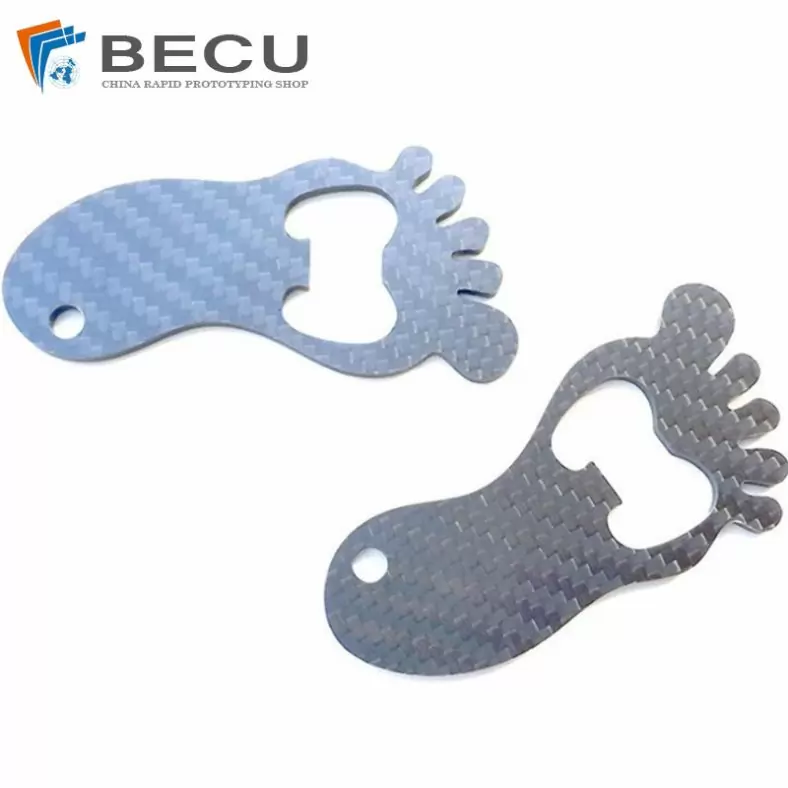
Carbon Fiber Luggage Tag Ornaments
-
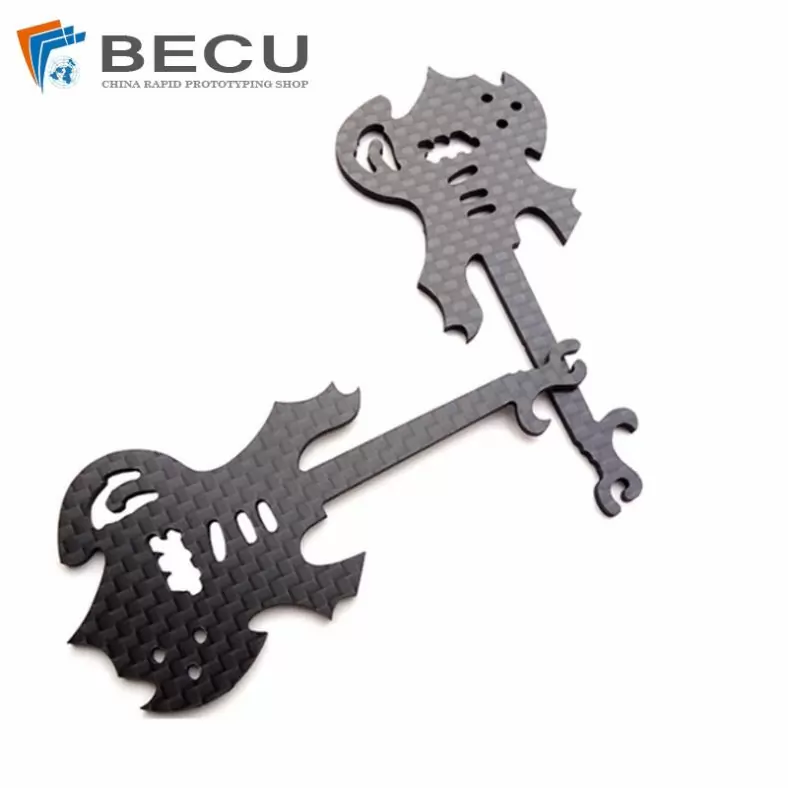
Laser Cutting Carbon Fiber Guitar Shape Crafts
-
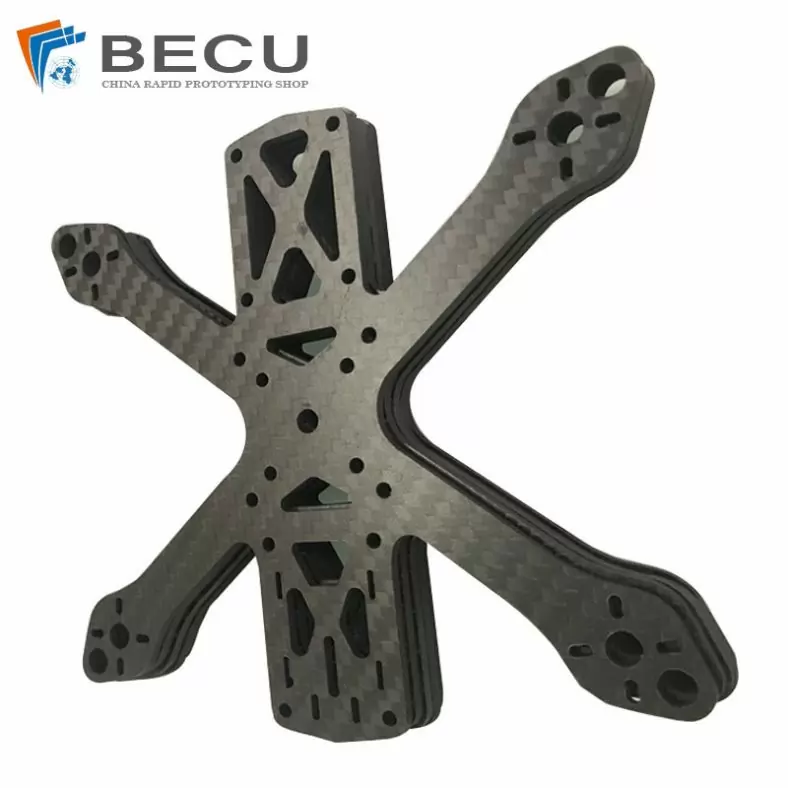
Laser Cutting Carbon Fiber Drone Rack
-
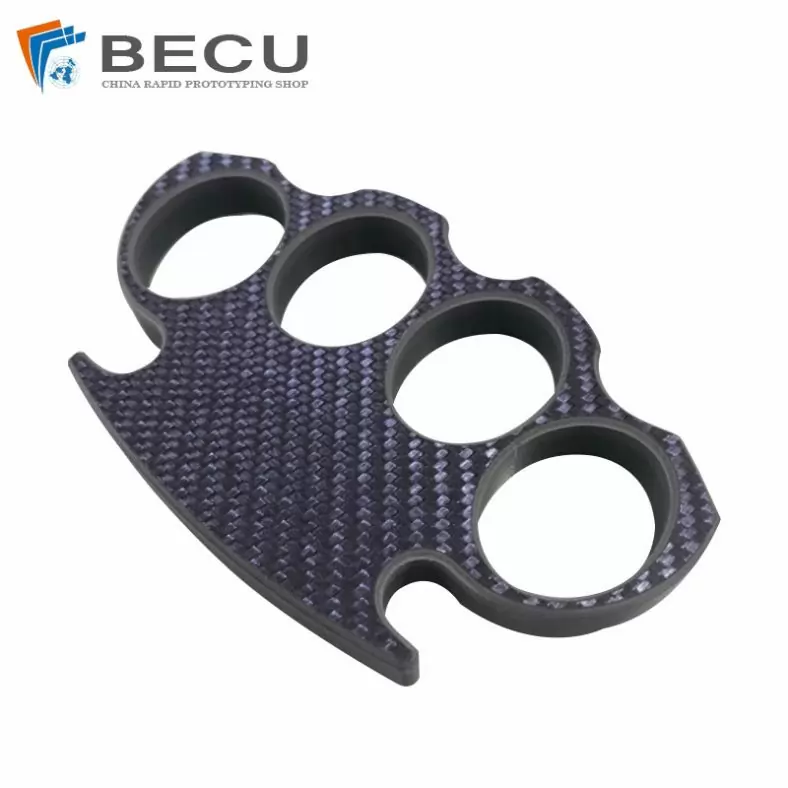
Cnc Milling Carbon Fiber Finger Buckle
